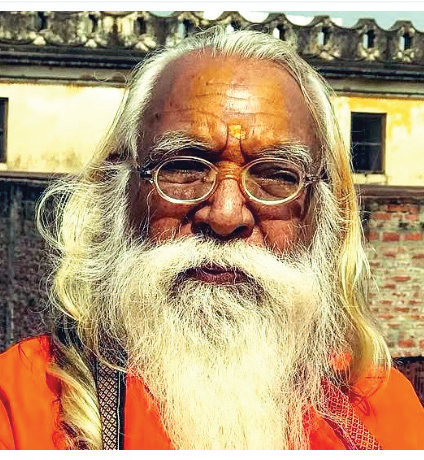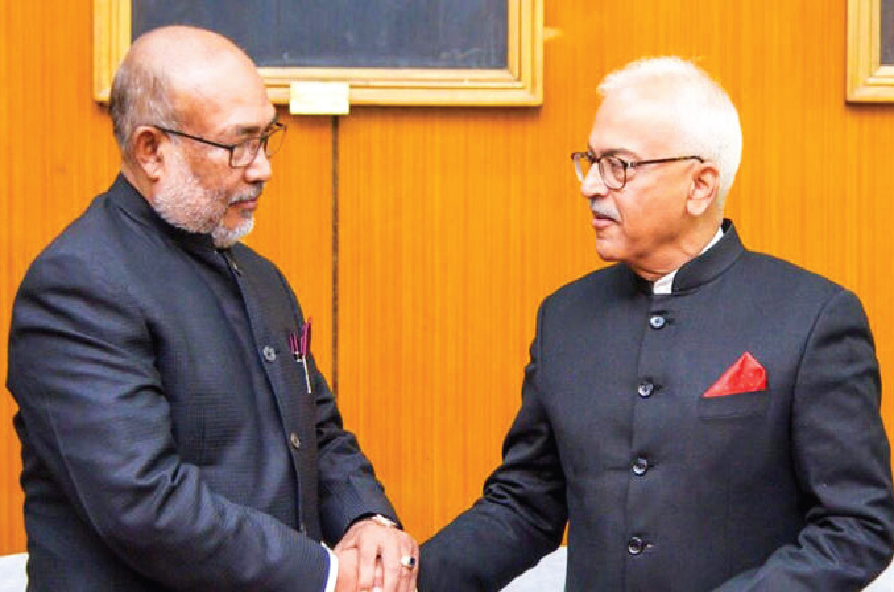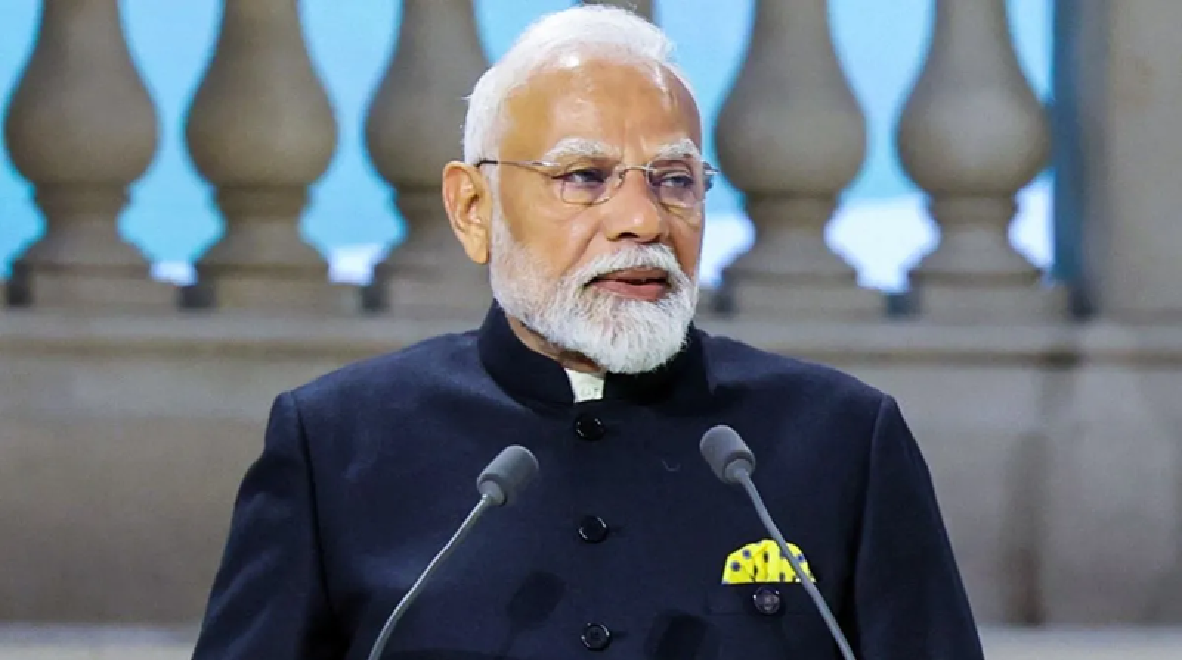.jpg)
PM panel's population report outdated, a misrepresentation?
Bengaluru, NT Bureau: The report by the Economic Advisory Council to Prime Minister Narendra Modi (EAC-PM) titled “Share of Religious Minorities: A cross-country analysis (1950-2015)” released on Tuesday has come in for sharp criticism.
The report revealed that the share of Hindus in the population has dipped from 84.68 per cent to 78.06 per cent between 1950 and 2015 while that of Muslims has risen from 9.84 per cent to 14.09 per cent.
The objections against the survey include that it may not have uncovered new information available in the 2011 census, the last exercise of its kind. Another decadal census due in 2021 was put on the backburner due to the pandemic.
Moreover, the timing of the report was seen as suspicious as it comes in the middle of the Lok Sabha elections. Prime Minister Modi and fellow BJP leaders have been campaigning on fears about Muslim population growth and their supposed consumption of national resources.
NGO raises questions Meanwhile, the Non-Governmental Organisation (NGO) Population Foundation of India (PFI) issued a press note cautioning the media against engaging with the report uncritically and “misreporting”.
“The media’s selective portrayal of data to highlight the increase in the Muslim population is an example of misrepresentation that has ignored broader demographic trends,” PFI executive director, Poonam Muttreja, said.
The foundation added that the Muslim population growth had seen the sharpest decline of all religious groups.
“According to the Census of India, the decadal growth rate for Muslims has been declining over the past three decades. Specifically, the decadal growth rate for Muslims decreased from 32.9 per cent in 1981-1991 to 24.6 per cent in 2001-2011. This decline is more pronounced than that of Hindus, whose growth rate fell from 22.7 per cent to 16.8 per cent over the same period. The census data is available from 1951 to 2011 and is quite similar to the data in this study, indicating that these numbers are not new,” PFI said.
Moreover, Shamika Ravi, a member of the EAC-PM, has emphasized the growth in the population of Muslims in India contrasted with the decline of minorities in neighbouring states. She has argued the growth is down to favourable policies towards Indian minorities.
Fertility drops as edu, income rises
The PFI countered that fertility rates were inversely proportional to education and income.
The foundation pointed out the total fertility rate or the average number of children born to a woman over her lifetime among Muslim women in Kerala (2.25) was lower than the same among Hindu women in Bihar (2.88).
 English daily published in Bengaluru & Doha
English daily published in Bengaluru & Doha






